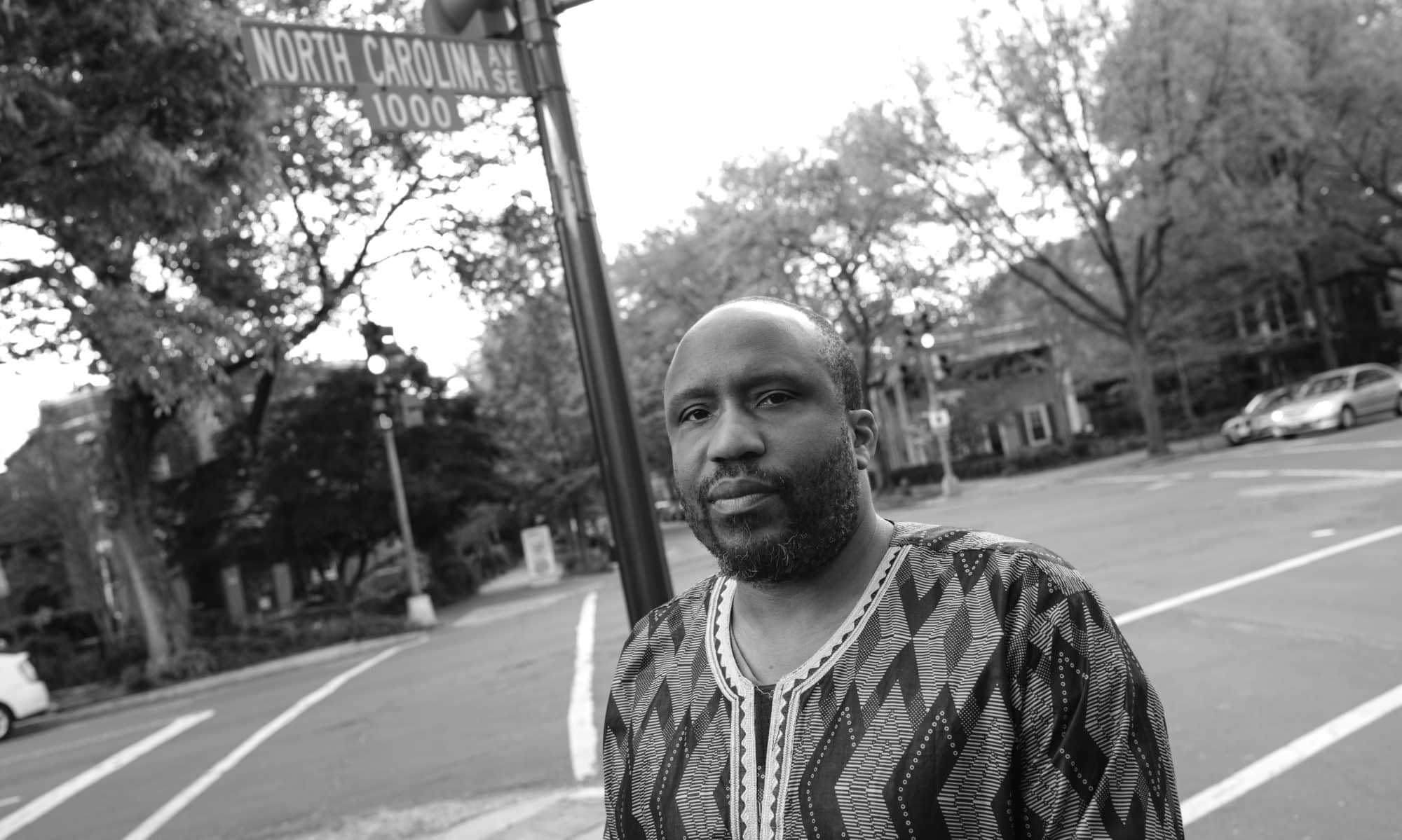I know you are looking at the title of this post and thinking, ” what happened to #1 & #2?” The answer is I am getting there…This is my attempt to show the process by which some pieces of writing or projects happen.
I am 3 weeks into The Studio Museum in Harlem’s Museum Education Practicum and I am having a ball. There are so many smart and accomplished people in this class, I am really happy to be a part of it and I hope that it spawns some opportunity for collaboration and future projects together.
Because of a project that I am currently working on, I started thinking about the people who are not in this class and who might benefit from hearing about what we are doing. So I decided to try to do some brain dumps or some kind of summary after my class.
Today the readings were all about the term “post-black.” I think it is almost impossible to talk about The Studio and not at least mention this term. The Week #3 readings were very interesting, they were the following:
1. “Is there a ‘post-black’ art?” by Cathy Byrd
2. Introduction to Freestyle by Thelma Golden
3. “The Multiplicity of Multiplicities–Post-Black Art and its Intricacies” by Nana Adusei-Poku
I remember when i first heard this term amongst my poet and writing comrades we were like, “WTF is a post-black.” My first inclination is that is was another way to call Black artists the N-word and if not it would be used that way. The other thing that happened too is that i feel like there was a lot of backlash at the suggestion of a period “after” black. One of my mentors turn the whole discussion on its head and said, “Nah, the real discussion we should be having is is “post-whiteness.” After our last 4 years it is clear that we as a country and a world need to think about the reality that the construct of whiteness has wrought an continues to impact in our world and what kind of world is possible “post-whiteness.”
Some the important topics that came up in the small groups I was in were:
- Commodification: All art is commodified, that is why they call it the “art market.” That said we discussed because Black artists represent such a segment of said market, establishing a term like “post-black” that could be (or be used as) a package marketing term to tell the “art market” that this artwork will not make you feel guilty, you can view without having to think about that old, pesky Race, or Racism, or Blackness.
- Tensions: To be Black and creating is filled with tensions because black life at large is filled with tensions. Even Black artists that art not creating expressed “Black” work feel the pressure of being who they are in the world.
- Process (& Material): In our discussions about the artists in the videos we were asked to watch (Senga Nengudi, Jack Whitten, and Kevin Beasley), it was so instructive to see the artists talk about a piece of work and walk us through its creation and the ideas and craft that go into the work.
- Our instructor also asked us to consider the term post-black and more specifically how the term made us feel and how we thought the term functions/(ed).
There was much more but I think this captures the main elements….
Stay Tuned. I will fill you in on #1 & #2 later. See you next time…
